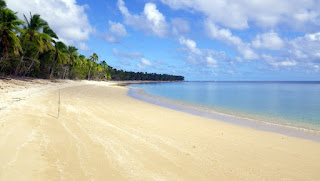We walked up to Franz Josef Glacier on the West Coast. It had receded significantly since Wayne was last here about 30 years ago.
Walking up the river valley towards what is left of the Fox Glacier on the West Caost.
As close as you are allowed to get to the Fox Glacier.
Reflections of the Southern Alps on Lake Matheson, West Coast
Views of Mt Tasman and Mt Cook from Lake Matheson.
Views of Lake Wanaka as we climb Roy's Peak in the Southern Lakes region.
Views of Lake Wanaka and Mt Aspiring National Park from half way up Roy's Peak.
Views of Lake Wanaka from half way up Roy's Peak.
Views of Lake Wanaka from half way up Roy's Peak.
We rode our bikes along the river valley to Mt Aspiring Hut. The snow covered peaks rose high above us on either side of the valley and highland cattle roamed free on the valley floor.
A day walk to the base of the hanging Rob Roy Glacier.
Looking up towards the Mt Aspiring area.
Riding along Mt Bee's Ridgeline.
Lunch on Mt Bee (1246m)
This was as far as we could ride along the Mt Bee ridge.
A hut on a ride we did at Mavora Lakes.
Riding to Twin Forks Hut. Mavora Lake is in the background.
Twin Forks Hut
Slope Point on the SE coast of the South Island
Riding through a deer farm on our way up to the top of the Rock and Pillar Range in the background, near Middlemarch, Central Otago
The wild, barren windswept and cold tops (1452m) of the Rock and Pillar Range
The high point (1746m) of Saddle Ridge between the East and West Manuherikia Rivers, Central Otago
The rocky steep descent to the West Manuherikia River from Saddle Ridge
Views of dry tussock plains of Central Otago from the Mt Ida Water Race track.
A relaxing gradient at last along the Mt Ida Water Race
Riding up the Ahuriri River Valley in the South Canterbury High Country
Riding up the Hopkins River Valley in the South Canterbury High Country
Riding up the Hopkins River Valley
Having a rest on the Dusky Trail near Twizel in the South Canterbury High Country
The Richmond Trail above Lake Tekapo, South Canterbury High Country
The Richmond Trail with Lake Tekapo in the background.
About to set off to ride up the Godley River Valley in the South Canterbury High Country when a massive flock of Canada Geese lifted into the air.
Some creek crossings were too deep to ride across in the Godley River Valley.
The Godley River Valley
Scenery on our Lake Sunmer Ride, North Canterbury High Country

































































